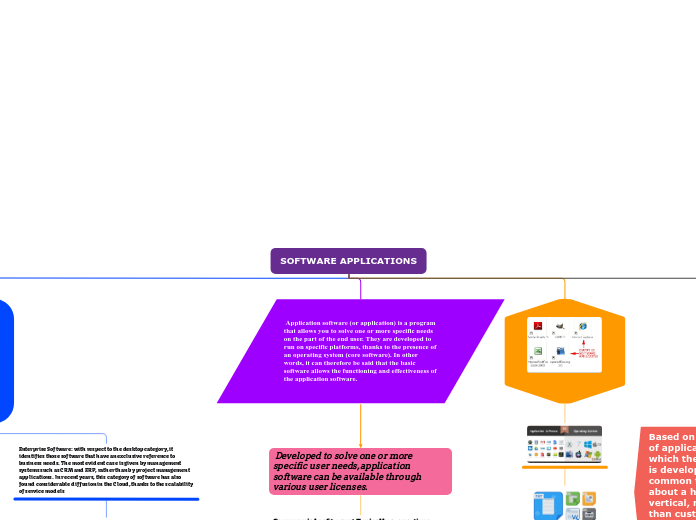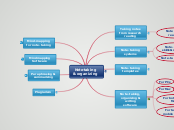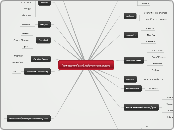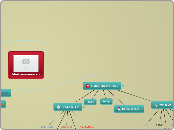SOFTWARE APPLICATIONS
Based on the type of application for which the software is developed, it is common to hear about a horizontal, vertical, rather than customized application. Let's see the main differences.
Personalized
Commercial vertical software allows you to solve a wide range of needs, usually referable to the standards of the application sector itself. However, it is quite frequent the case in which a company has specific needs, which would be extremely complex to solve with the adoption of commercial solutions.
This happens at multiple levels, from management software to product configurators for brands active in ecommerce. In these cases the company commissions, entirely or in outsourcing, the development of a dedicated application, ranging from the add-on module for commercial software, in the event that it is open and set up for this kind of integration, up to the development from scratch of the entire application needed.
Horizontal
They refer to a type of software that was born in the most transversal conception of the term, to solve needs of a common and widespread nature in basic operations, such as e-mail, office productivity applications, presentations, videoconferences, rather than all graphics and multimedia software for general use: video games, image processing, photo editing, editorial graphics, vector graphics, sound editing, video editing, visual effects, etc.
Vertical
If the horizontal software allows you to embrace a wide and generalist range of functions, the vertical software focuses on a specific need or towards an area of applications in which, often and willingly, certain standards of use tend to impose themselves.
Among the most widespread vertical application software we find CAD-BIM for architecture and engineering, structural calculation software, calculators of estimates, 3D software for design rather than CAD-CAM for industry mechanical or automotive. In the corporate sphere we find vertical management software rather than billing software, while in the educational sphere we can mention programs aimed at self-learning, as in the case of foreign languages, rather than courses concerning specific disciplines or applications.
Sottoargomento
Application software (or application) is a program that allows you to solve one or more specific needs on the part of the end user. They are developed to run on specific platforms, thanks to the presence of an operating system (core software). In other words, it can therefore be said that the basic software allows the functioning and effectiveness of the application software.
Developed to solve one or more specific user needs, application software can be available through various user licenses.
Commercial software: Typically a one-time purchase of a certain version of software, which gives you the right to upgrades at least until the next version is released. The purchaser permanently maintains the rights to use the purchased software, with no particular expiration constraints.
Rentalware software: These involve paying an amount that allows you to use the software for a specific period of time, without granting the purchaser a perpetual license. This is a pricing model increasingly adopted by software houses, both for traditional local installations and for the use of service models (SaaS) in the cloud
Shareware oftware: it is basically free, but after a certain period it may require the payment of a fee to continue using it or enjoying all the functions. In other formulas, a simple free donation may be requested.
Public domain software: open source, freely downloadable and modifiable, up to the development of a totally different software than the original one.
Freeware software: open source, freely downloadable but modifiable according to the license conditions, usually aimed at growing the software in a collaborative way, for the benefit of the entire user community. The possibility of developing totally different or competing software on the basis of the freely available source code is rarely granted.
Based on the application areas, however, it is possible to divide the application software into various specific categories, such as the following:
Enterprise Software: with respect to the desktop category, it identifies those software that have an exclusive reference to business needs. The most evident case is given by management systems such as CRM and ERP, rather than by project management applications. In recent years, this category of software has also found considerable diffusion in the Cloud, thanks to the scalability of service models
Development software: related to the development of other software, both basic and applications. This is the case of frameworks for mobile apps and graphics engines for game development.
Client/Server Software: this includes applications that require the constant use of resources allocated to one or more servers, internal or external to the company for on-premise or cloud IT architectures. A classic example is given by services related to databases, rather than data storage or web applications.
Desktop Software: linked to productivity and in particular to office automation, for which word processing/word processing, spreadsheets, mail management, agenda, messaging, graphics, photo editing, audio, video, etc.
Scientific software: as the name suggests, they refer to vertical applications in the various disciplines of applied science, many of which are based on artificial intelligence technologies: mathematics, biology, chemistry, etc.
Software for education: they solve the educational need in various aspects, from the platform for distance learning to the various software for self-learning, which allow you to use on demand, and often in an interactive way, the contents useful for tackling the course formative.
Gaming software: video games and the platforms that allow you to manage them through a single account, centralizing the management of purchases and installations. In recent years, cloud gaming platforms are also spreading, which allow you to play through a simple browser, without actually having to install anything and without having to worry about local computing power.









